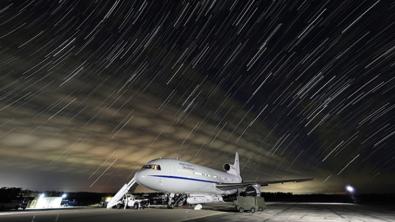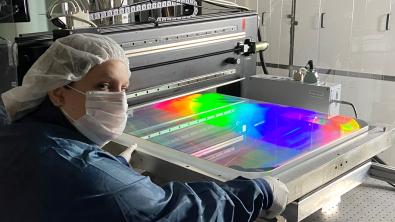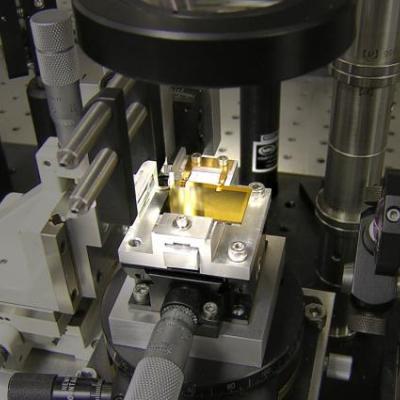The Lawrence Livermore National Laboratory is home to the world’s largest laser system, the National Ignition Facility (NIF). The NIF with its 192 beam lines and over 40,000 optics has been an engine of innovation for lasers and optics technologies for the last couple of decades. The Lasers and Optics intellectual property portfolio is the culmination of the many groundbreaking developments in high energy, high peak power and ultrashort pulse laser system design and operation, including technologies related to Laser Diodes, Fiber & Disk Lasers, Compact Telescopes, High Damage Threshold Gratings, High Power Optical Components and their Fabrication and Coating Techniques. The thrust of the research and development at the NIF has been to realize novel approaches for laser systems, optical components and their applications that are more compact and higher efficiency while reliably delivering ever higher energy and peak power capabilities required in the furtherance of LLNL’s missions in Stockpile Stewardship and High Energy Density Science.
Portfolio News and Multimedia
The space vehicle integrates LLNL’s Monolithic Telescope (MonoTele) technology with Terran Orbital’s proven expertise producing high-reliability space vehicles. Developed through a four-year, $6 million cooperative research and development agreement (CRADA), this mission demonstrates the power of collaboration in advancing compact satellites for commercial applications.
Lawrence Livermore National Laboratory’s (LLNL) Space Program is now building an optical space domain awareness payload for an upcoming mission by the U.S. Space Force.
The planned mission, known as VICTUS HAZE, will be a tactically responsive space mission to demonstrate the ability to rapidly characterize an on-orbit threat.
The payload for VICTUS HAZE will use the LLNL monolithic telescope technology. LLNL’s monolithic telescopes are built out of a single piece of fused silica, eliminating the need for alignment and calibration after manufacture, while still providing the best possible resolution.
LLNL’s monolithic telescope was developed and patented by Lab employees Willem de Vries and Brian Bauman and former Lab employee Alex Pertica.
R&D World Magazine recently announced their 2022 award winners. LLNL researchers received three awards, which include Tailored Glass by Direct Ink Writing, novel compression gratings that enable a new class of high-energy laser systems and a 3D printing feedstock known as Energy Inks that can print a functioning battery.




